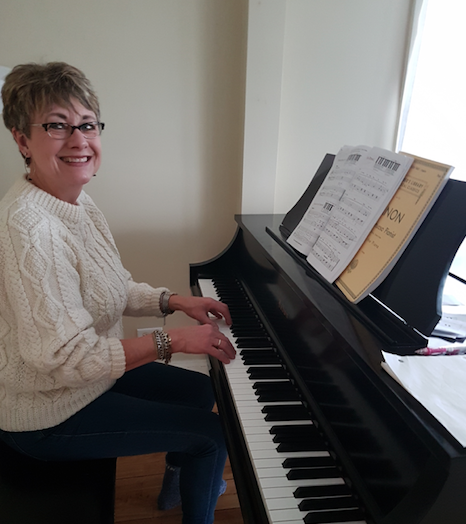You will:
1. Play simple music in C position, learn about different types of note values and rests, count out loud and get used to finger numbers and a proper hand position.
2. Learn notes outside C position, including all lines and spaces of the treble & bass clef, practice memorizing them with flash cards and acronyms if needed, learn about leger lines and gradually add them into the flash card routine.
3. Discuss intervals (the distance between the notes) and why they are important.
4. Discuss the C major chord, learn about the intervals in a major chord, and how to find other major chords on the piano, using proper chord fingerings.
5. Discuss minor chords, dominant 7th chords, diminished, and augmented chords, practice building them.
6. Look through some music and try to recognize examples of these chords.
7. Learn about the C major scale. Start to explore the Circle of Fifths, find other major scales. Find their relative minor scales.
8. Discuss basic chord progressions. (For students who want to learn to play pop, I show them some popular pop music chord progressions). Play them in various keys.
9. Learn how to sightread– by knowing what to look for in the music in order to read more fluently. This will speed up your process of learning new music.
10. Learn to listen to your playing. At the beginning, you are constantly looking at your music or your fingers, so sometimes you will forget to listen. Being attentive to the sound you produce is an important step in becoming a well-rounded musician and enjoying your music. Recording yourself is a good way to see if you hear what you want to hear!


Recent Comments